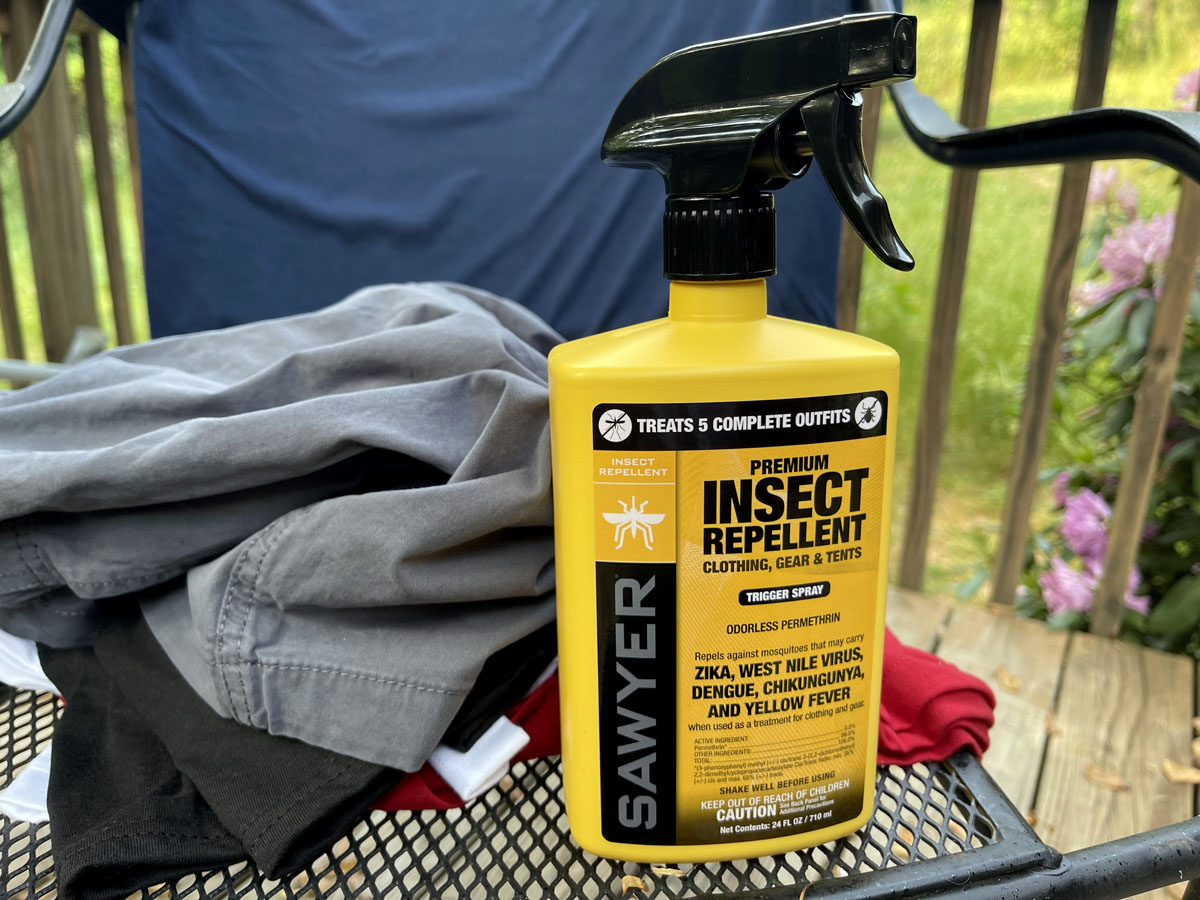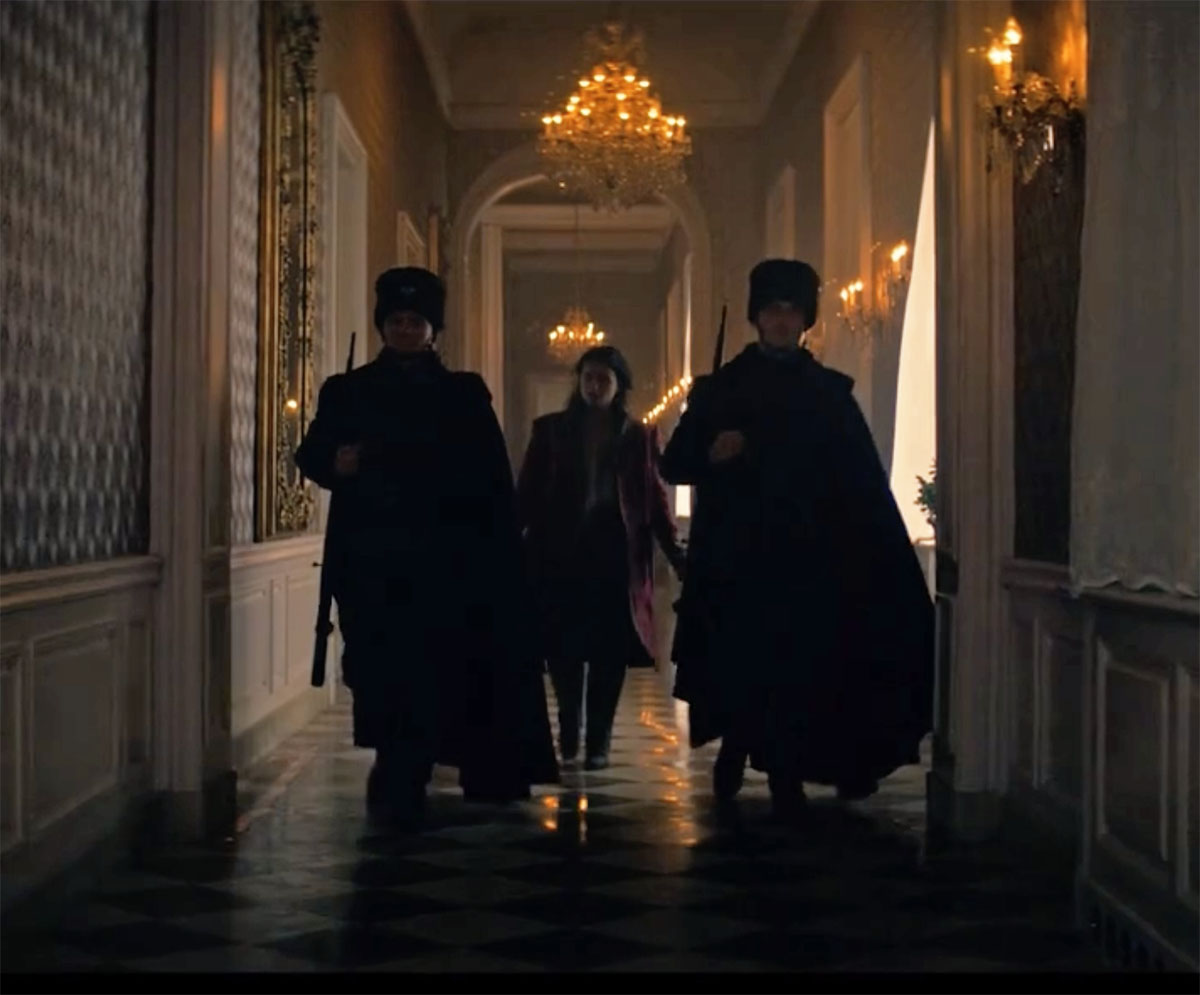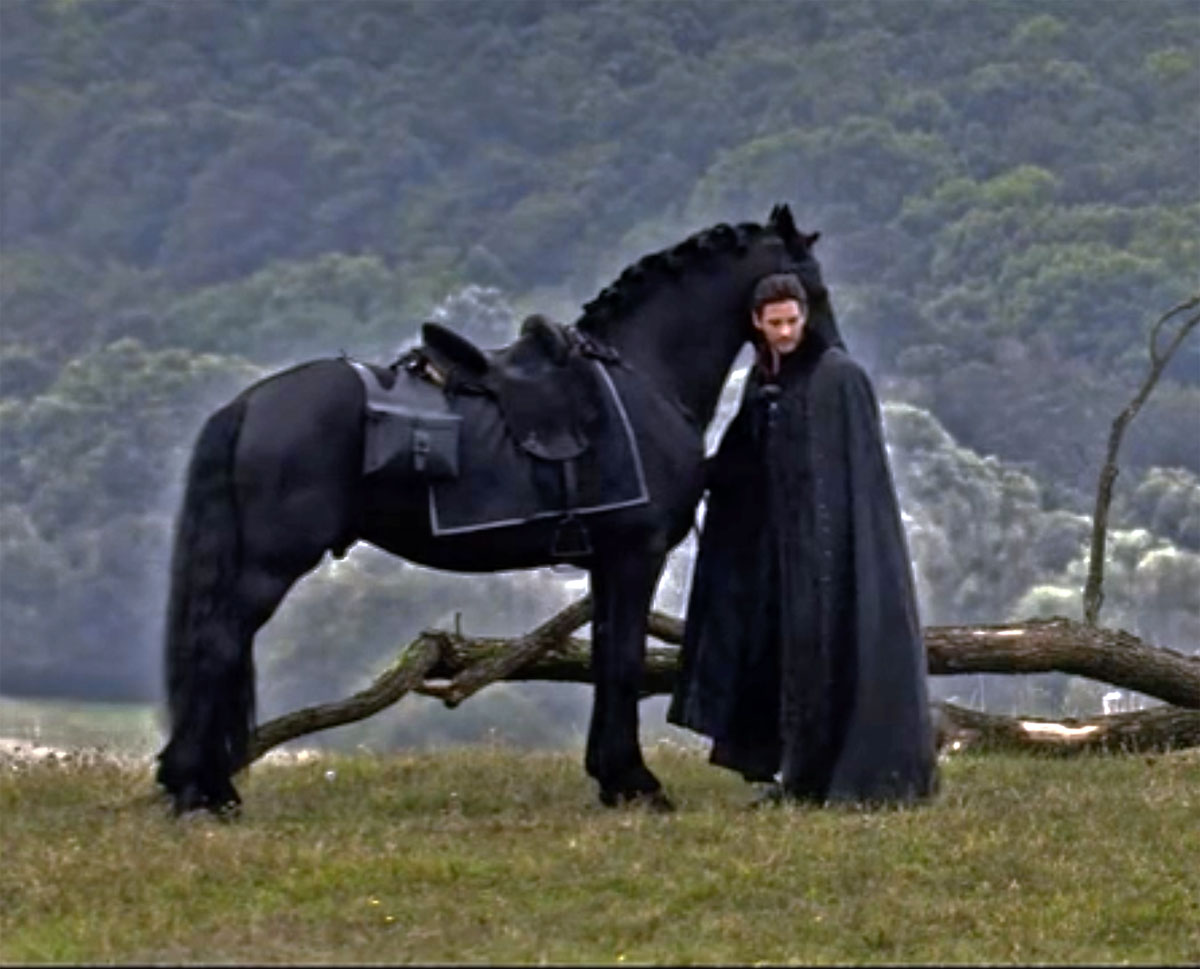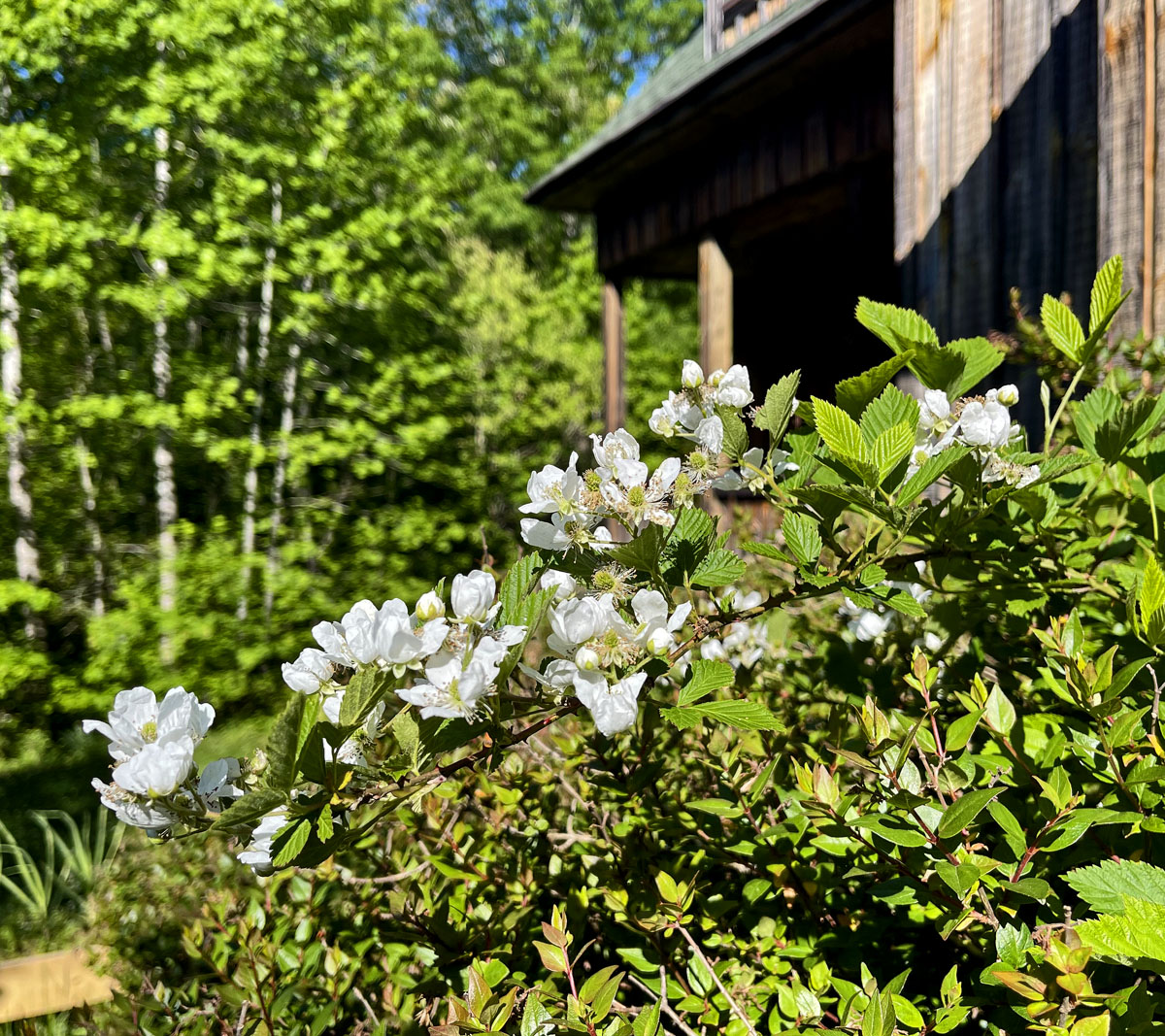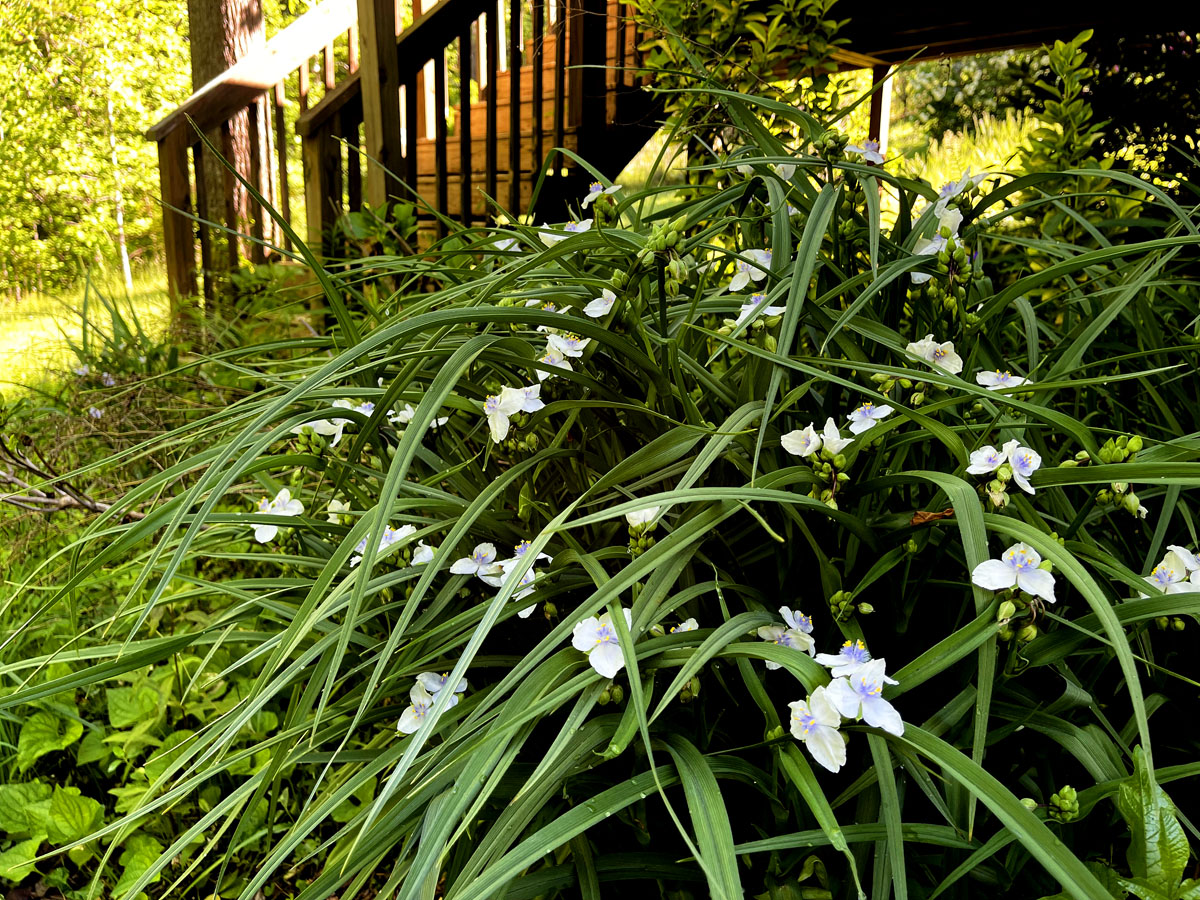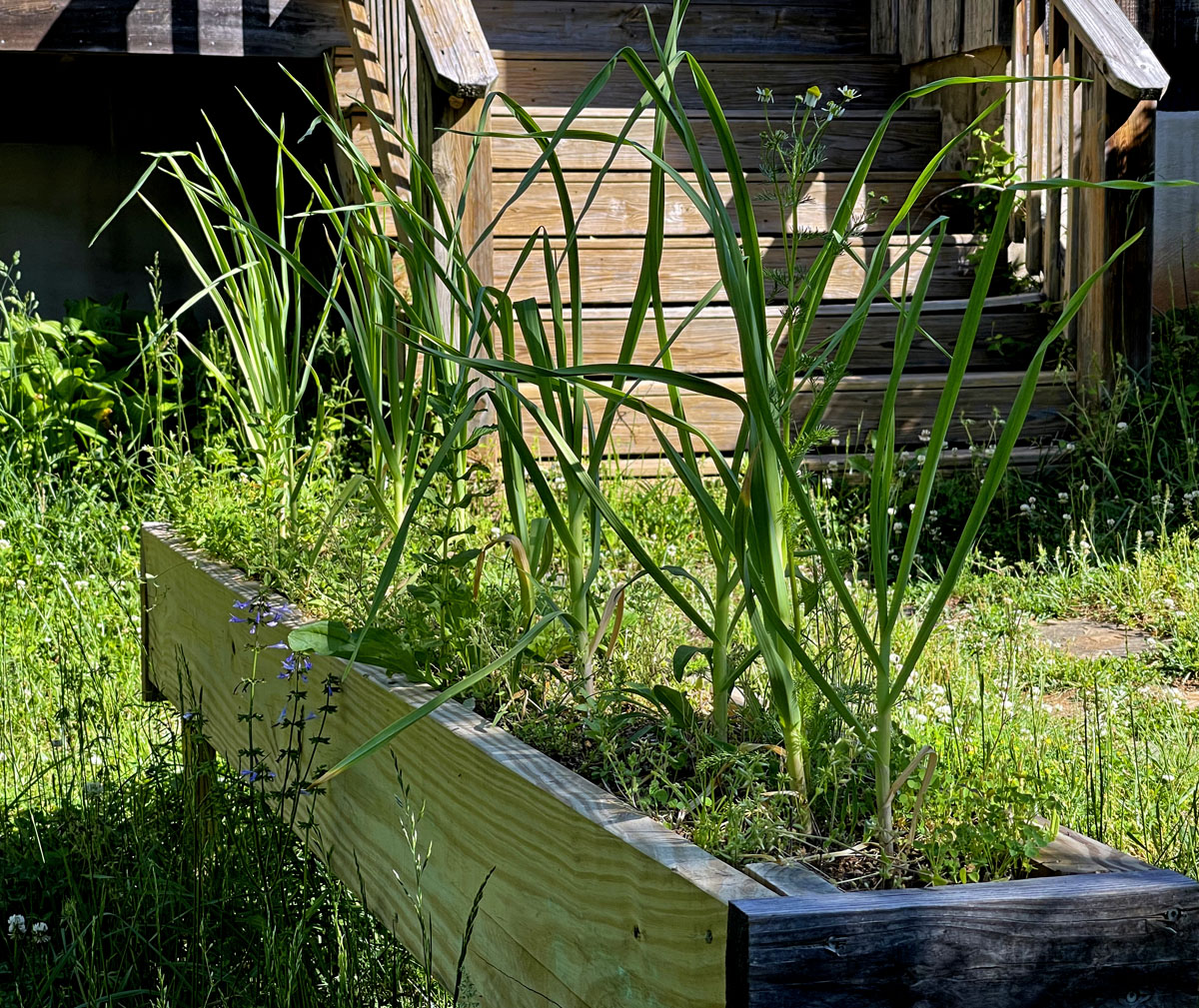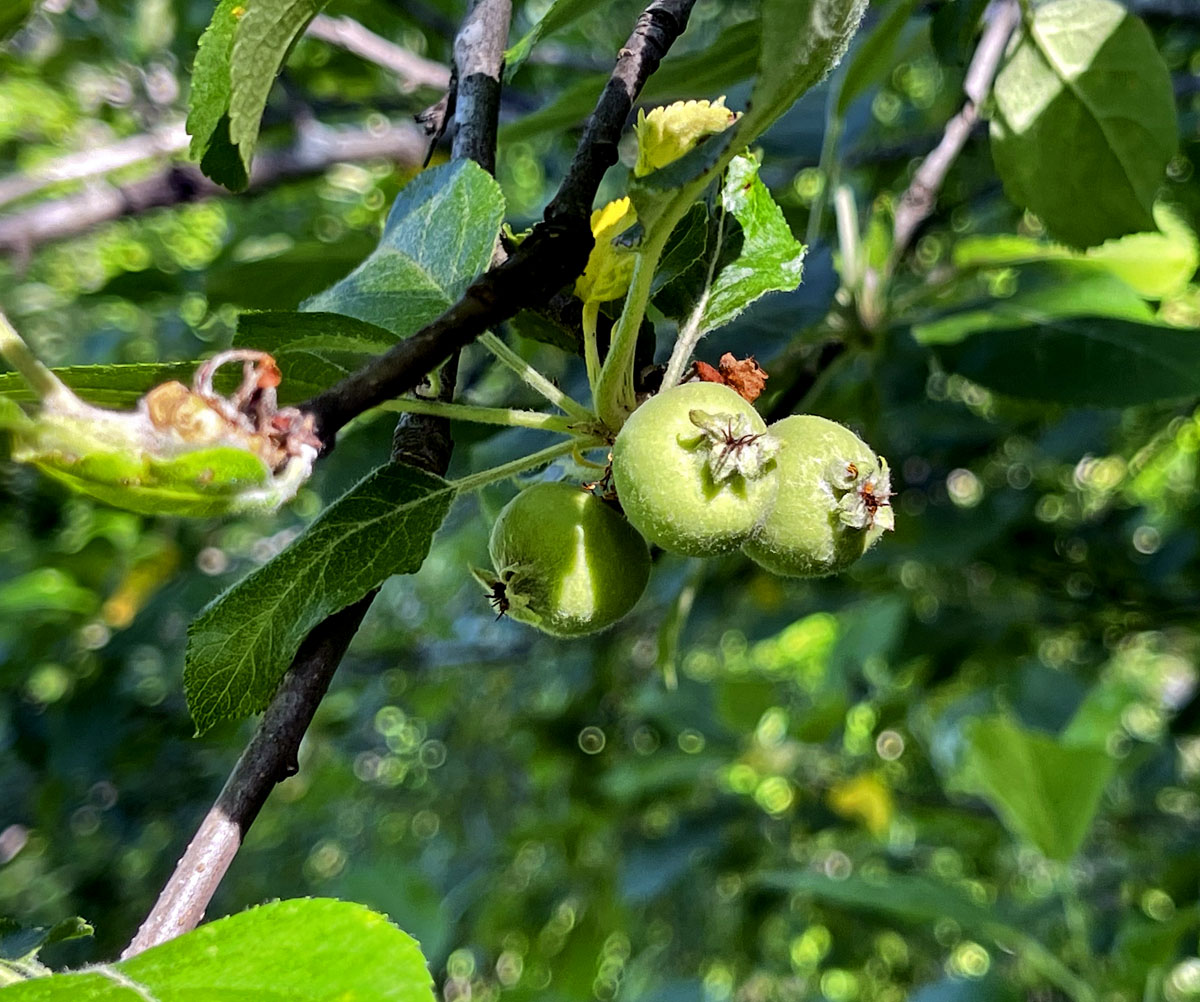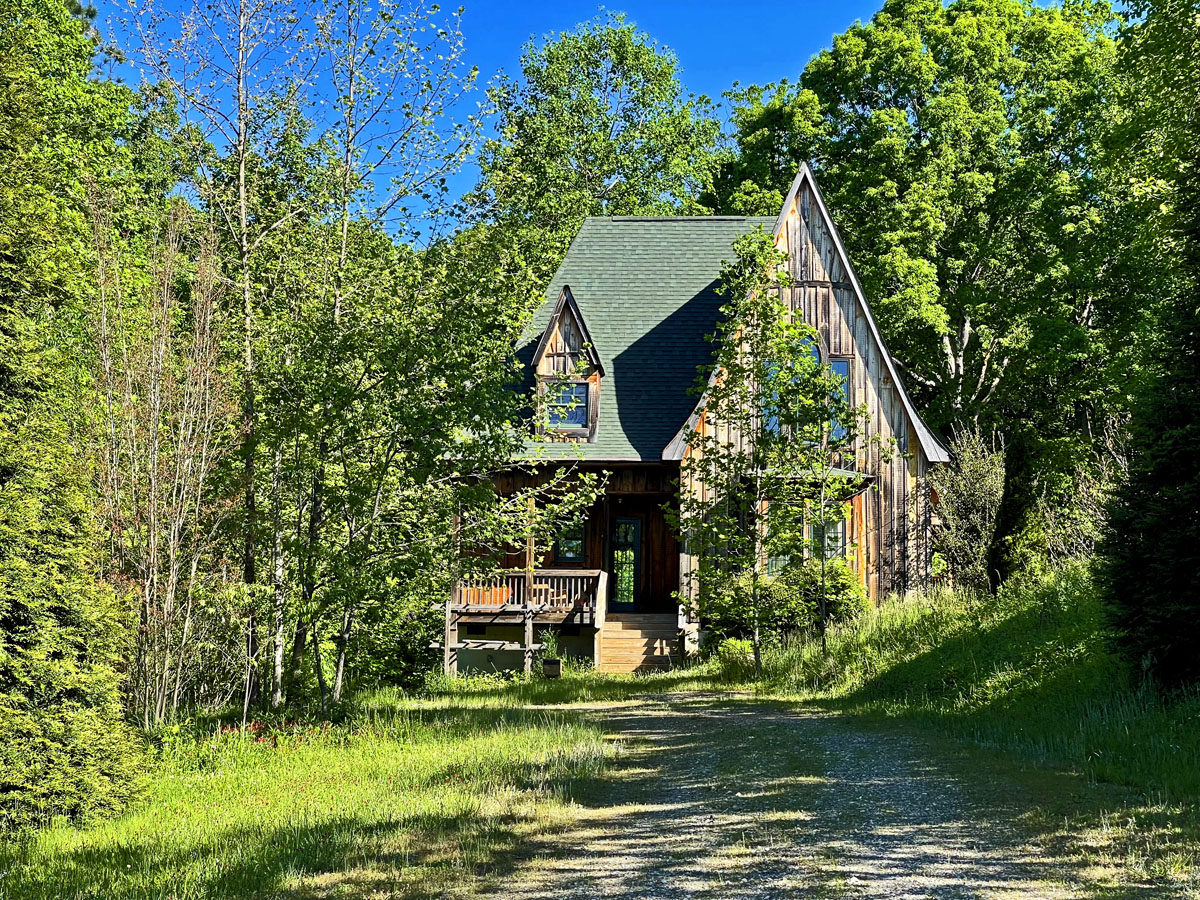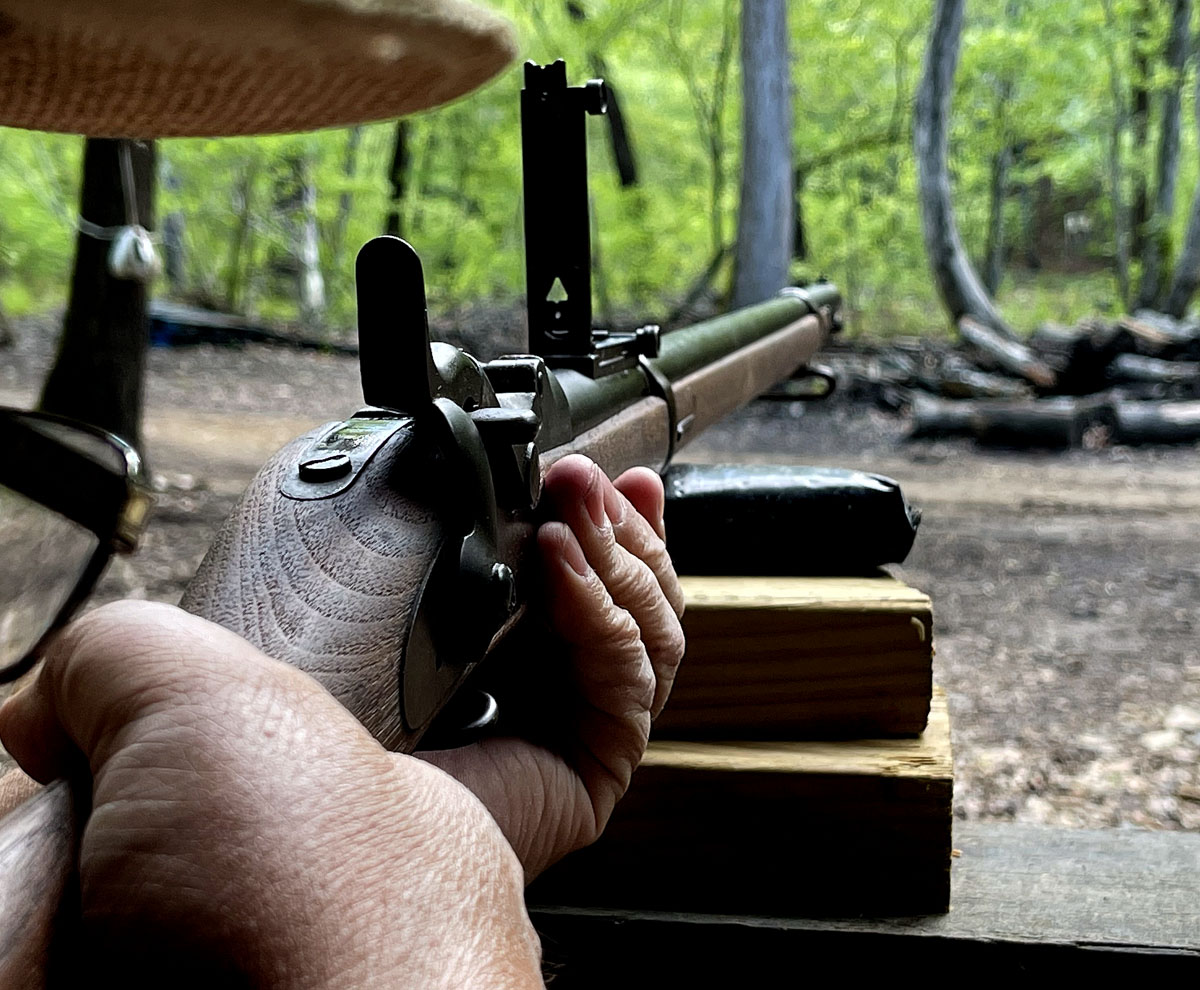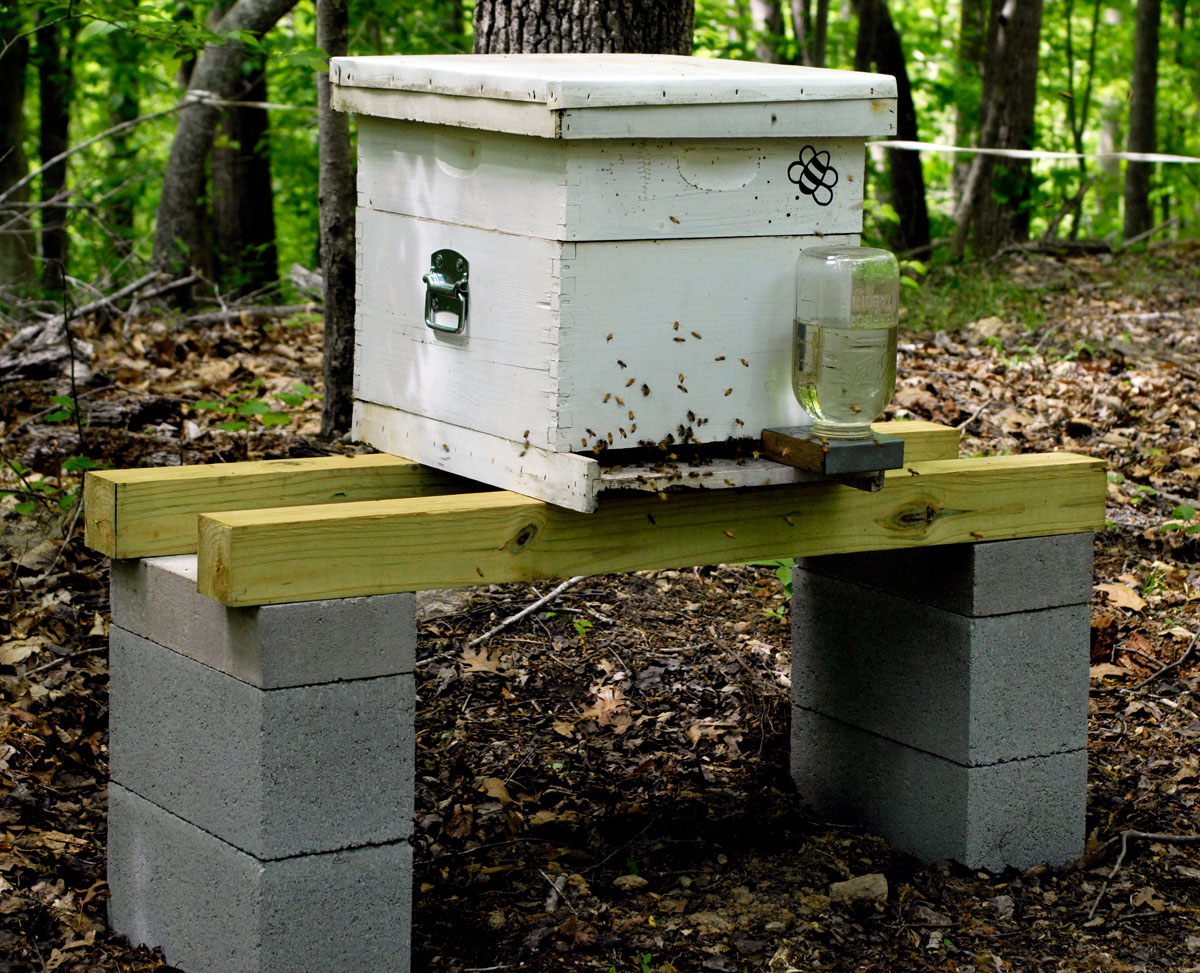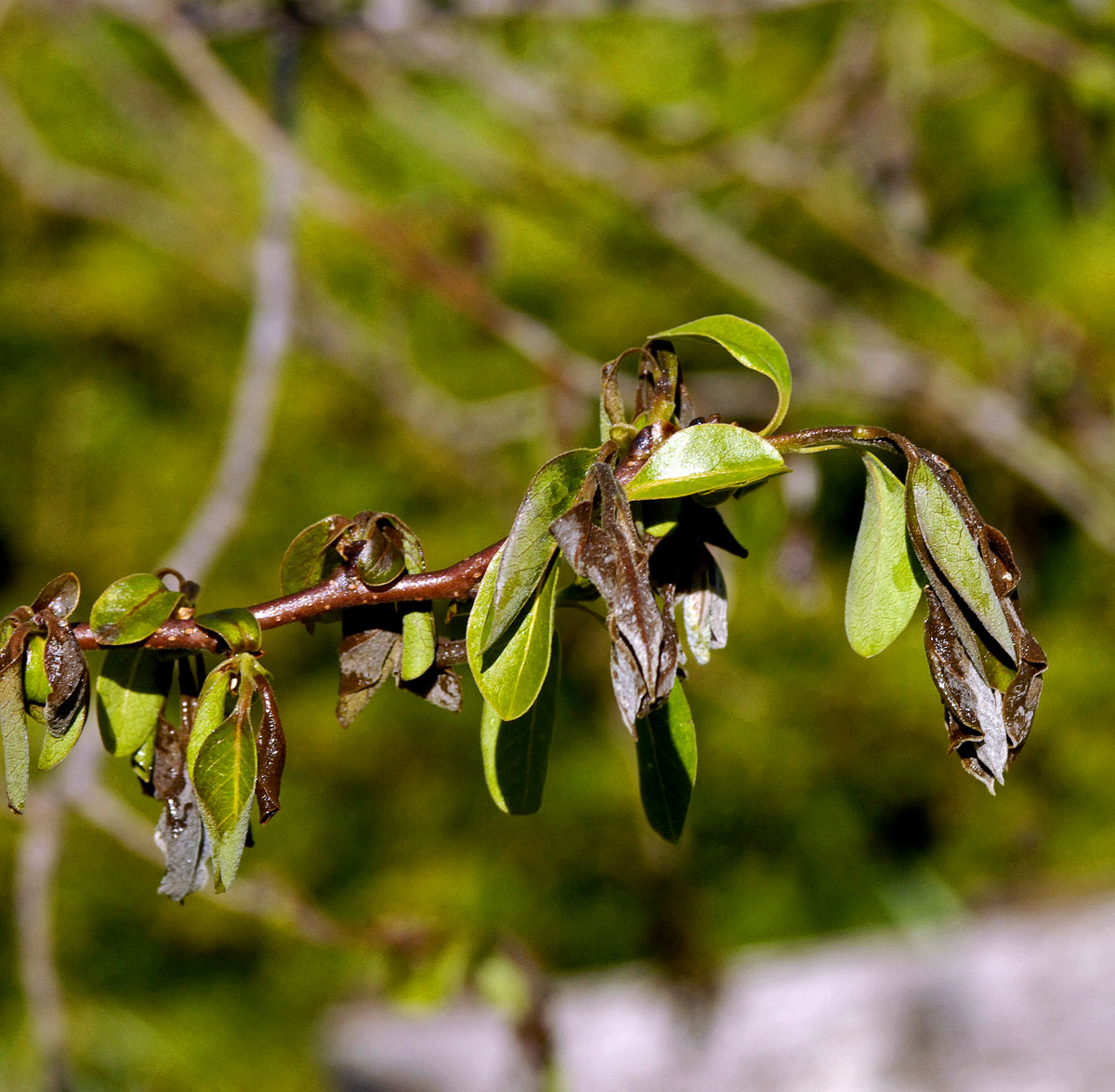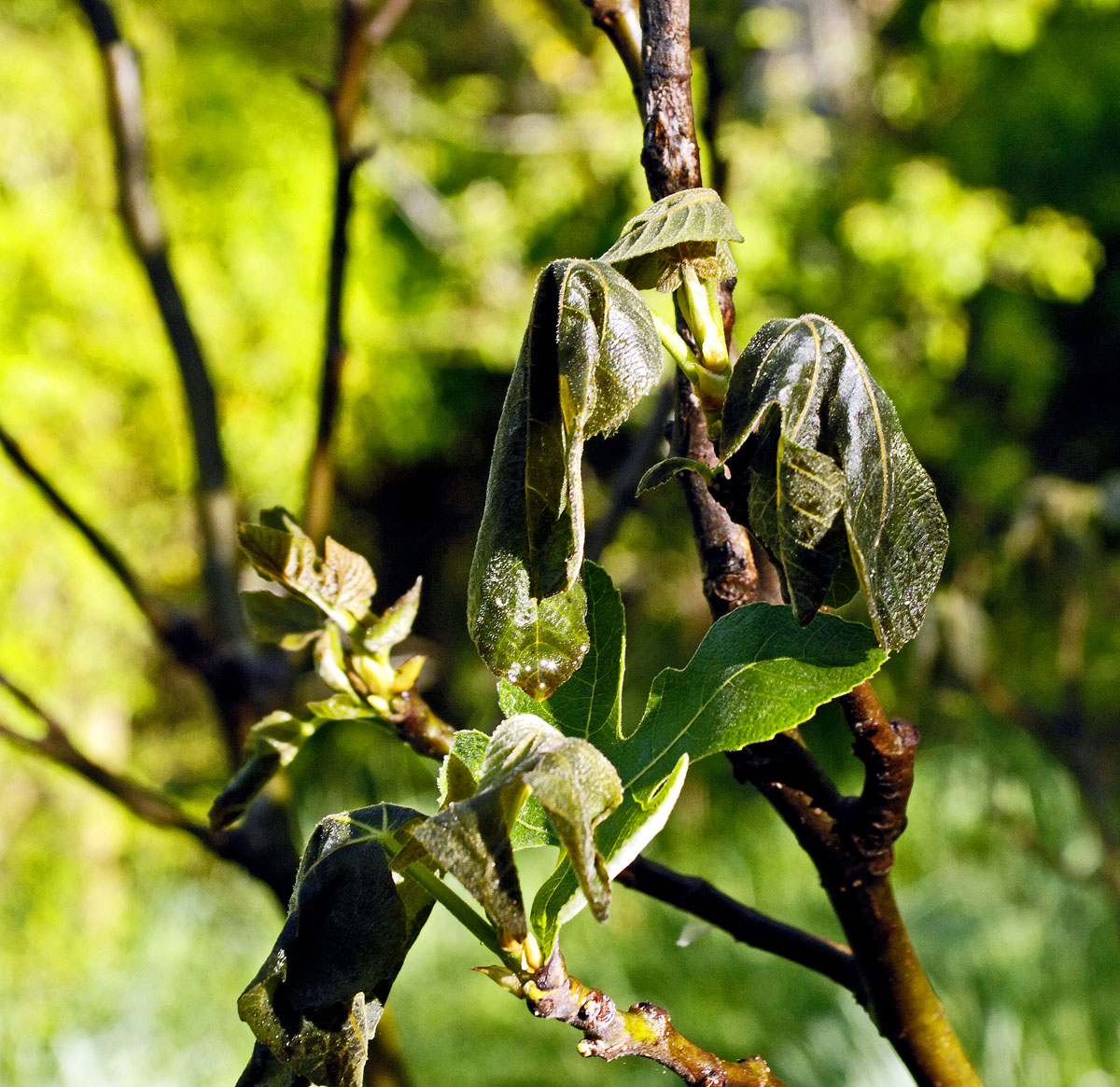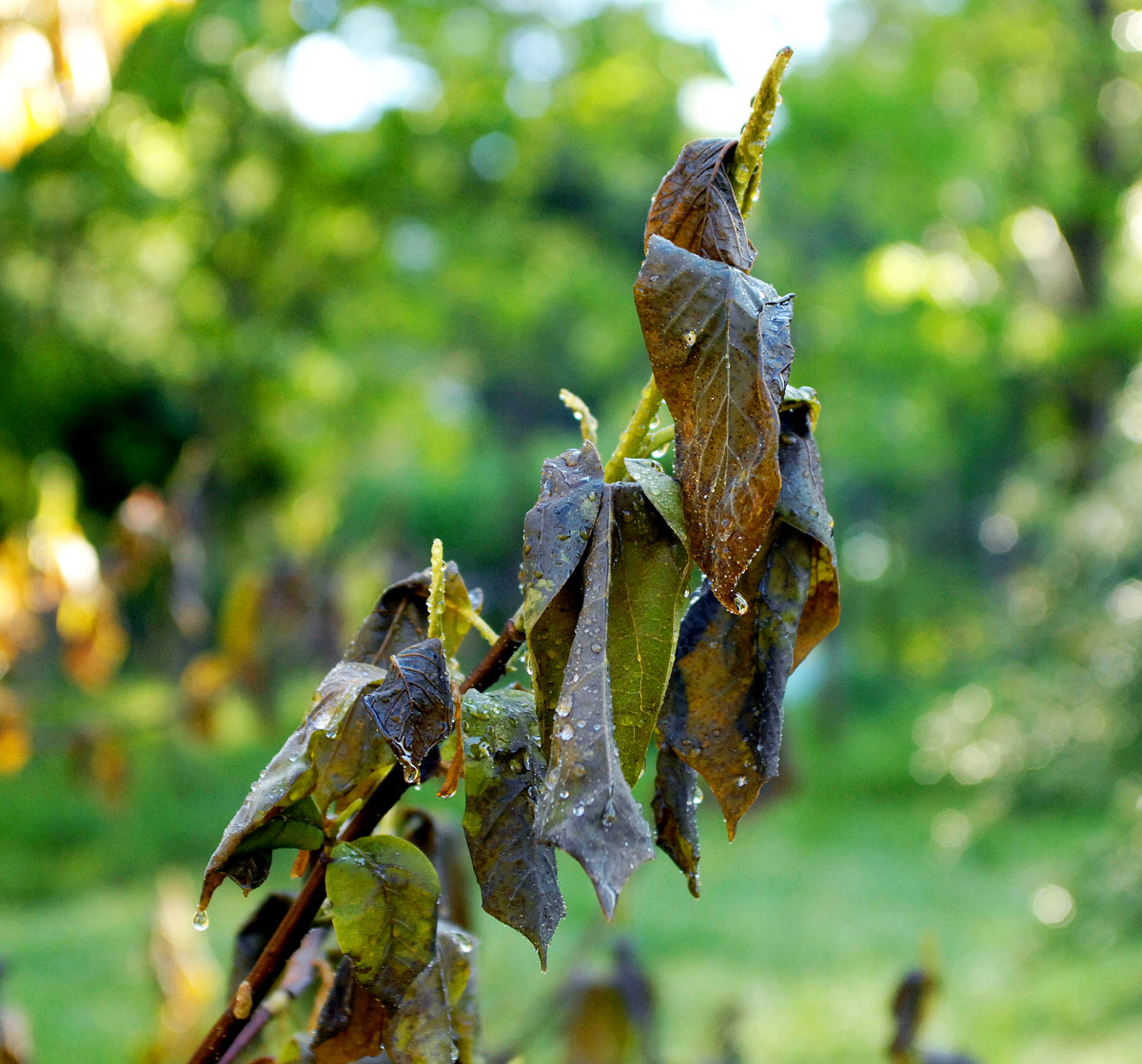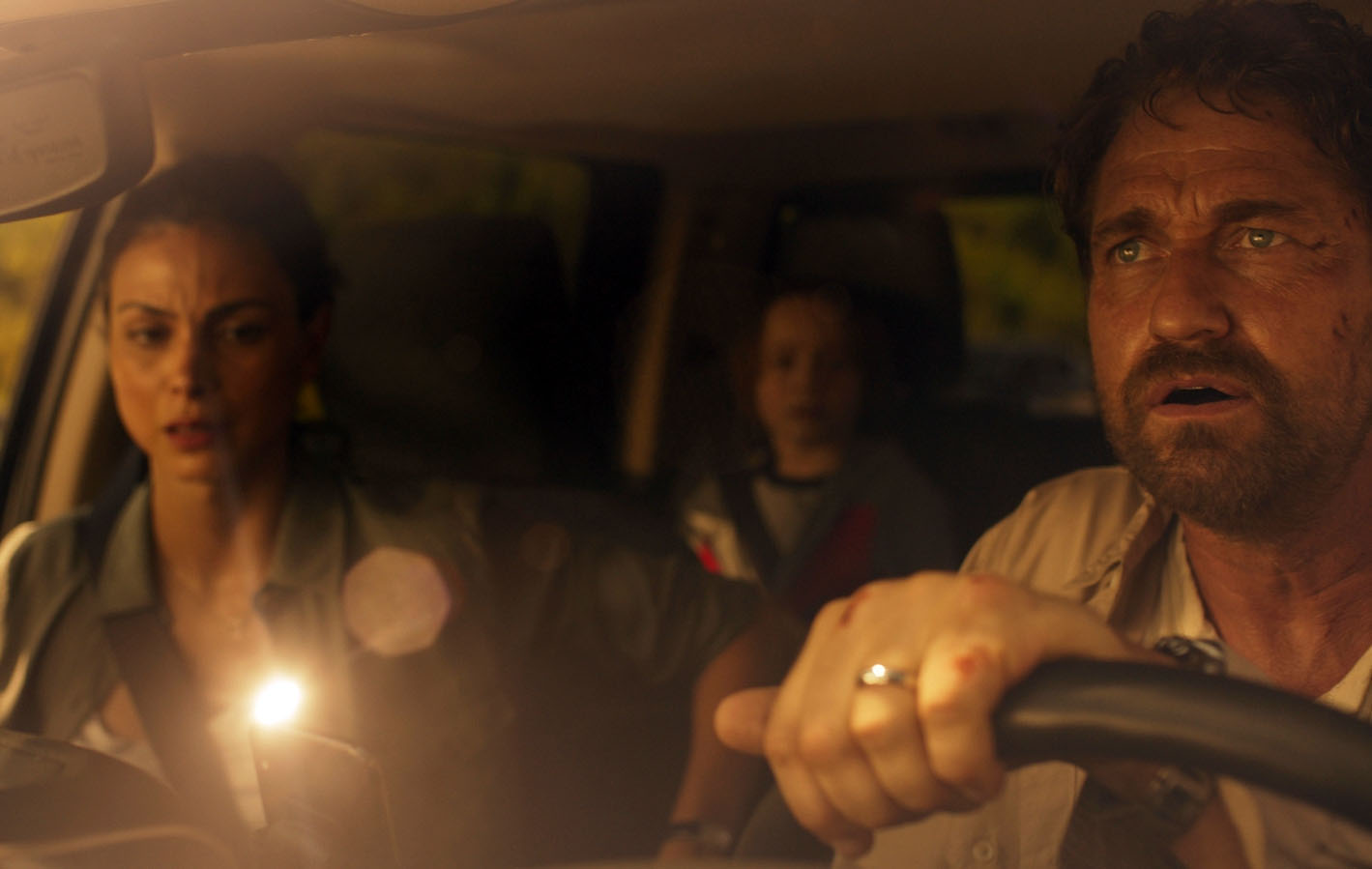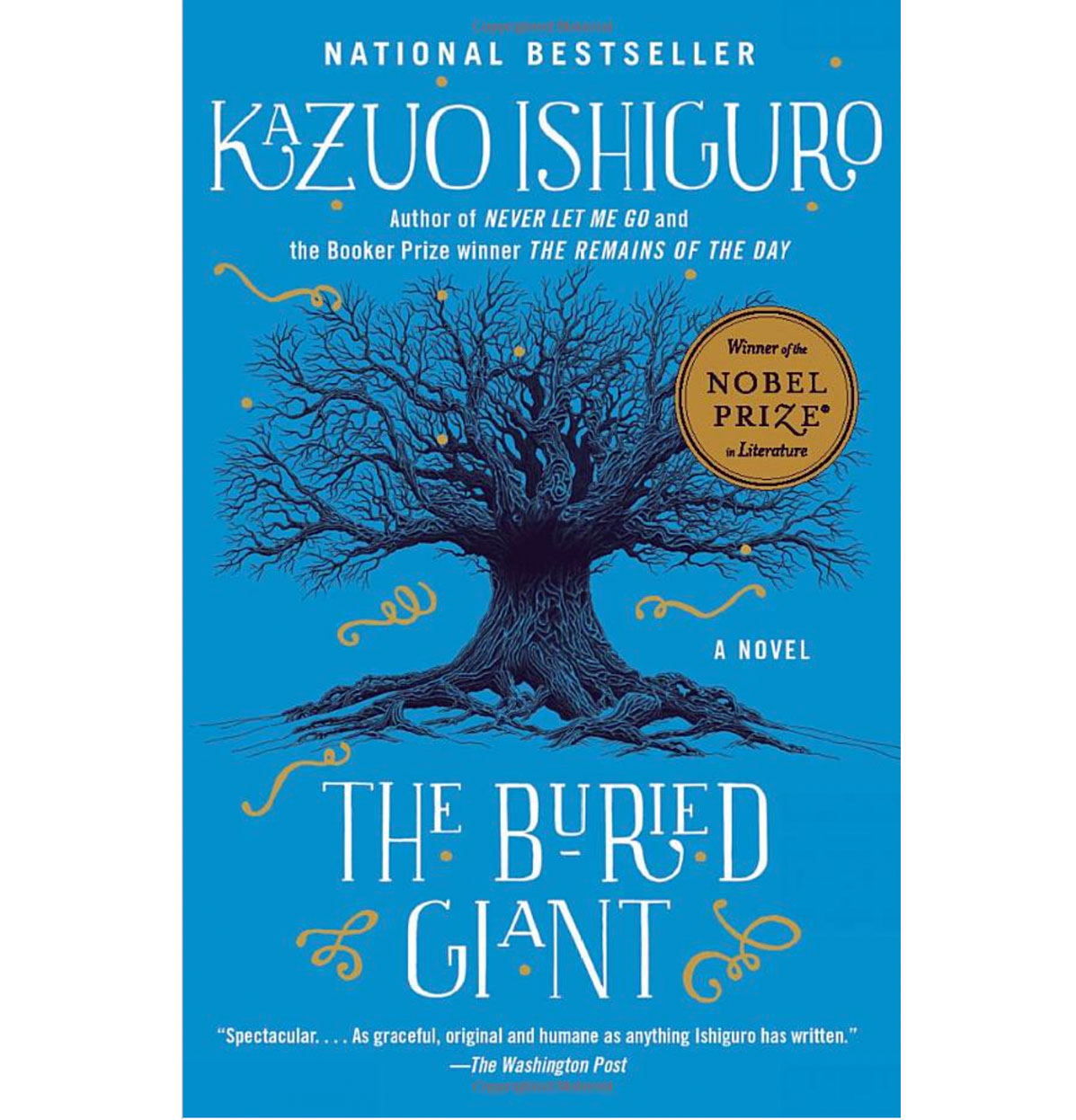
A diet-day main meal of scallops and roasted cauliflower in a creamy tomato sauce. Painless.
To say that I’m an experienced dieter sounds like I’m making a joke. That’s because it reveals that, when I lose weight, I gain it back. That’s true. I do gain it back. But as long as one’s weight oscillates within reasonable limits, that doesn’t seem so bad.
It’s my belt that lets me know. When I have to loosen my belt a notch, it’s time to start thinking about a diet.
As much as I dislike (and postpone) making the decision to go on a diet, I always find that dieting is not so bad. A diet to me means 1,200 calories a day. That’s nowhere near a starvation diet. It’s also a predictable diet. On 1,200 calories a day, I lose about two pounds a week. So, when I start a diet, I know how long it’s going to last.
Medical opinion about dieting seems to be changing, moving toward a consensus that diets don’t work and that diets aren’t worth doing. If that’s the case, I very much disagree. Diets do work. If one gains back the weight one lost, then the solution seems simple enough: Diet again. To me, the discipline involved in managing my weight isn’t about maintaining my optimum weight. I’m bad at that. But what I’m good at is starting a new diet when my belt tells me it’s time to start a new diet cycle. The window in which my weight oscillates is about ten pounds. That window needs to be kept small, to make one’s diets shorter and therefore not as daunting to undertake.
Being an experienced dieter has its advantages, chiefly familiarity and predictability. How to go about dieting is probably very confusing to many people, because there are so many theories, so many specialty diets, and so many books and articles on dieting.
But the fundamental science of dieting has not been overturned. If you consume fewer calories each day than your body burns, you’ll lose weight.
Therefore, as I see it, counting calories is essential. One could invent a specialty diet based on eating nothing but Krispy Kreme doughnuts. That would work, if one counted calories. But that would be a miserable diet that would be terrible for one’s health. It would be miserable because the carbs involved would make one hungry all the time. I have a saying, “Carbs today, hungry tomorrow.”
So, as I see it, the healthiest sort of diet also is the least uncomfortable diet. That means keeping carbs to a minimum. When I’m on a diet, I have to give up my favorite food: bread. Ideally, a diet should improve one’s health, not damage it. I find that fish (or tofu) and low-carb vegetables are ideal. One can even have three meals a day, if two of them are small. When I’m on a diet, I cook only one main meal a day. Breakfast, if I have it, might be a couple of teaspoons of peanut butter and sauerkraut. I might have popcorn for an evening snack. These days, with fresh local strawberries to be found, the evening snack might be strawberries with a little cream and a couple of very thin cookies. This does not feel like a hardship.
It worries me when I see articles like this one in the Washington Post, “Five myths about obesity.” Encouraging this kind of hopeless attitude seems unkind, though clearly the motivation is kindness and tolerance for those for whom weight management is particularly hard. I understand that. But the unintended unkindness, in my view, is that it leads people to not even try to manage their weight, though they might want to. I also find some of the premises misleading. Though no doubt it’s true that there is individual variation in how calories are processed by the body, that does not mean that the law of calories in vs. calories out has been rescinded. It just means that individual variation must be factored into dieting.
I can testify that, in my 72 years, weight-watching is nothing new. Based on what I overheard from adults years ago, people did this even in 1958, when I was ten years old, when most people were more lean, and when I was told that I was going to dry up and blow away if I didn’t eat more. There is no such thing as not being able to lose weight.
